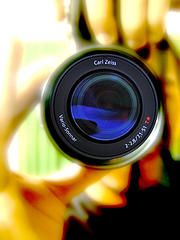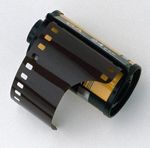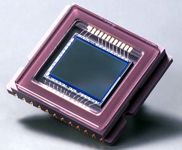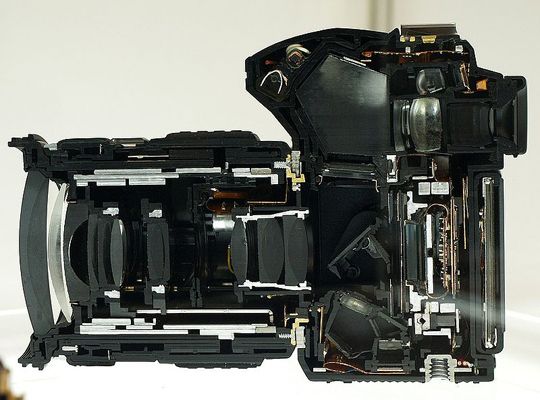It has always been the desire of humans to be able to capture a moment and then perhaps re-live it sometime down the line. Up until a few years ago, photography used to be limited to a select few professionals or people willing to own and maintain a camera, film and then develop them into photographs.
It won't be far fetched to say that digital photography has revolutionized photography and brought it mainstream into the hands of common people. With mobile phones, cheap cameras and computers in homes, capturing memories is no big deal anymore.
Let's have a look at what is digital photography and how it works.
So what is so revolutionary about digital photography? For starters, you need not know anything about aperture, shutter speed, white balance and jargon like that. Point the camera at the subject, press the button and you are done. While ease of this kind started with the film cameras as well, it was the digital camera that hit the nail on the head and made it real easy to take and view photos.
In short, if your camera uses digital technology to create images, then it is digital photography. Generally (not always), this is the case if your camera doesn't require adding a special photographic film to record images, you are most likely using a digital camera.
How Does Digital Photography Work?
To gain an understanding of how things work with regards to digital photography you should know a thing or two about how photos are taken in a film-based cameras. As is the case with our eyes, same with the camera. A camera sees an object because of the light which is reflected off it and into the camera's lens. The lens of the camera is used to channel this light onto a plane, where it can be recorded and a photo created by one way or the other. This is the basic principle of photography.
With time, the lens got better, the technology got better and the "plane" used to record the photos evolved as well. In a traditional film-based camera, this plane surface is a photographic film. The photographic film is nothing but a film coated with light sensitive material. So when the light from an object is directed onto this surface, it leaves an impression in the form of a photo.
In digital photography, the photographic film is replaced by a silicon chip which is often called a sensor. While the film is limited in the sense that every exposure results in a photograph and each barrel of film can only produce 36 images; the silicon chip sensor can be used again and again -- thereby giving you the ability to experiment with your photos in a way which was
never possible with the film camera.
So now most of the processing is electronic in the form of 0s and 1s as opposed to the mechanical and chemical operation in the traditional cameras. The cameras that operate based on this principle are known as digital cameras and the art of making digital images is called digital photography.
The Megapixel Myth
If you have been in the market to buy a digital camera, surely you have heard a thing or two about pixels or more commonly referred to as megapixels. Let's try and demystify this. A digital image is made up of small dots known as pixels. Each pixel represents the tiny-iest unit of the photograph. The pixels combine and form the entire image. At this point if you are thinking that more pixels results in a sharper image, I don't blame you -- that is the general misinterpretation. The amount of pixels in a photograph only determines the maximum output size of the resulting image in print.
A higher pixel count does not represent higher quality images. Read about David Pogue's experiment and findings over at NYT about the Megapixel Myth for more.
What is good digital camera then?
Answering this question will require a separate article. That said, the one bit of advice that can't be stressed upon enough is "Don't fall prey to the Megapixel Myth". You really don't need all those extra pixels if you are viewing the photos on your computer or taking a medium-sized print of the odd photo. Instead, look for features like image stabilization, auto focus, face recognition, file format support and other favourable features. These would have a greater impact on your photos, especially if you are just starting out.
Do you own a digital camera? We would be pleased if you shared your experience and tips with the world.




